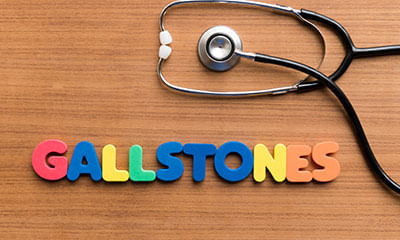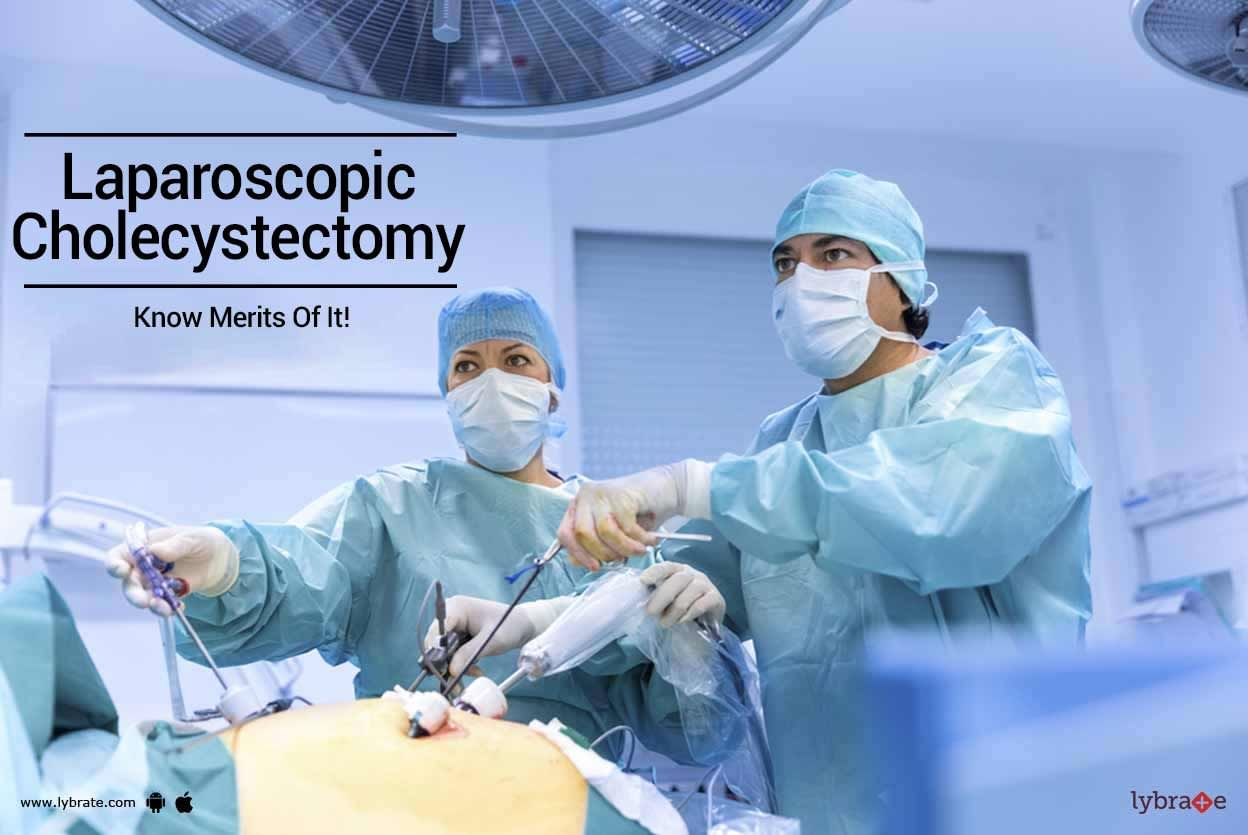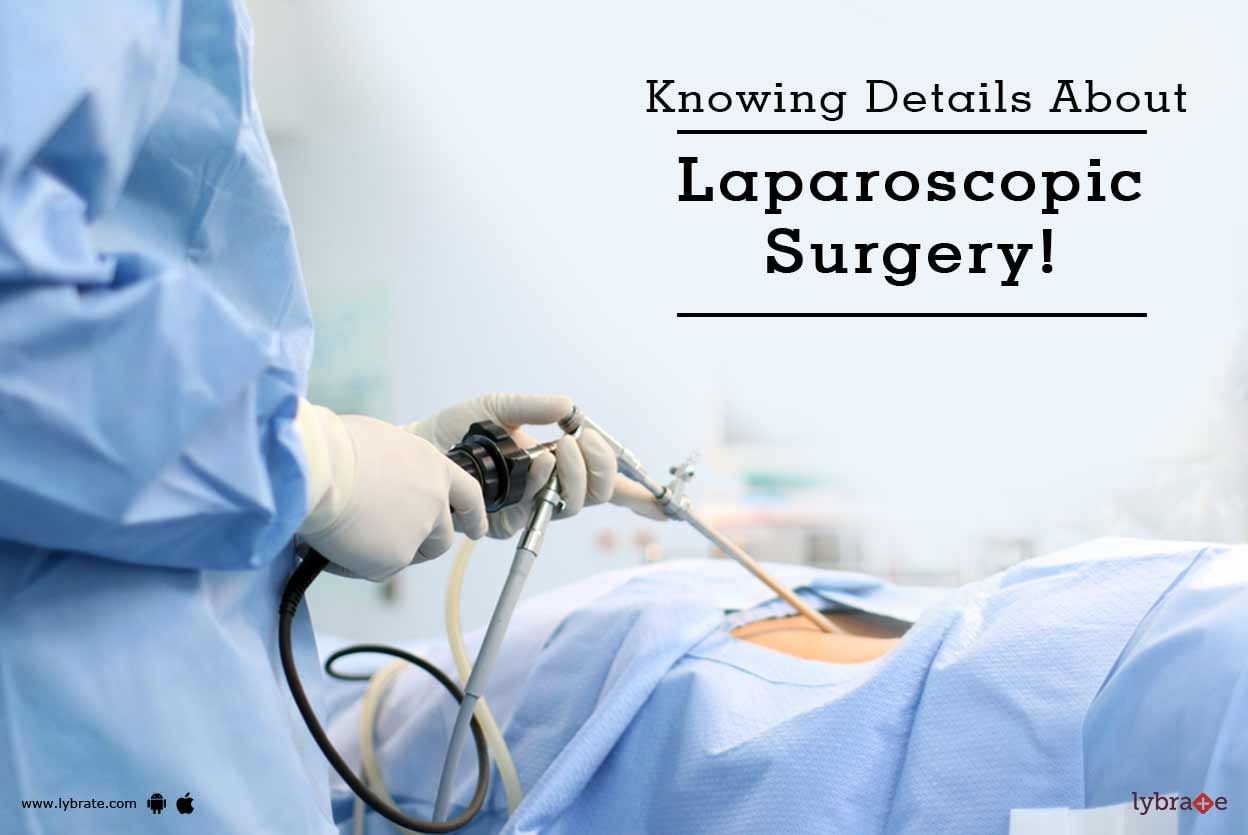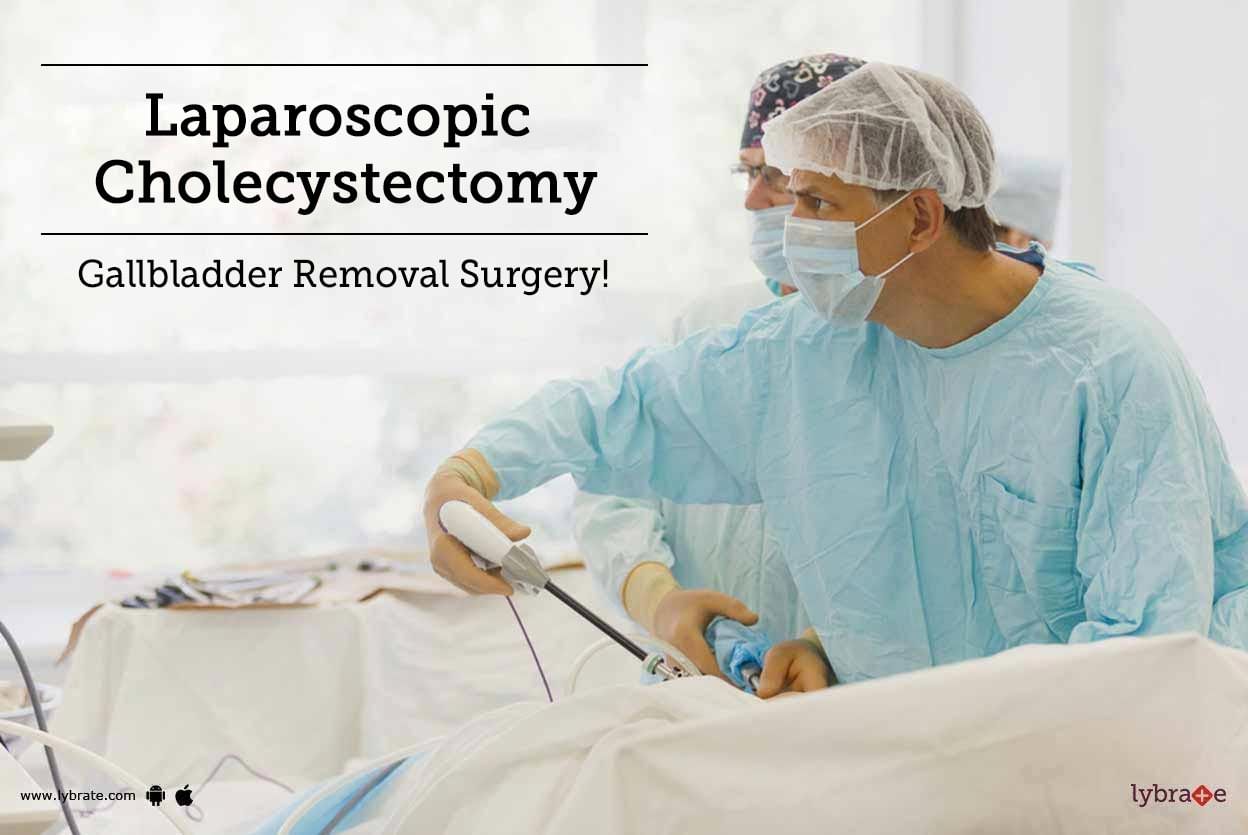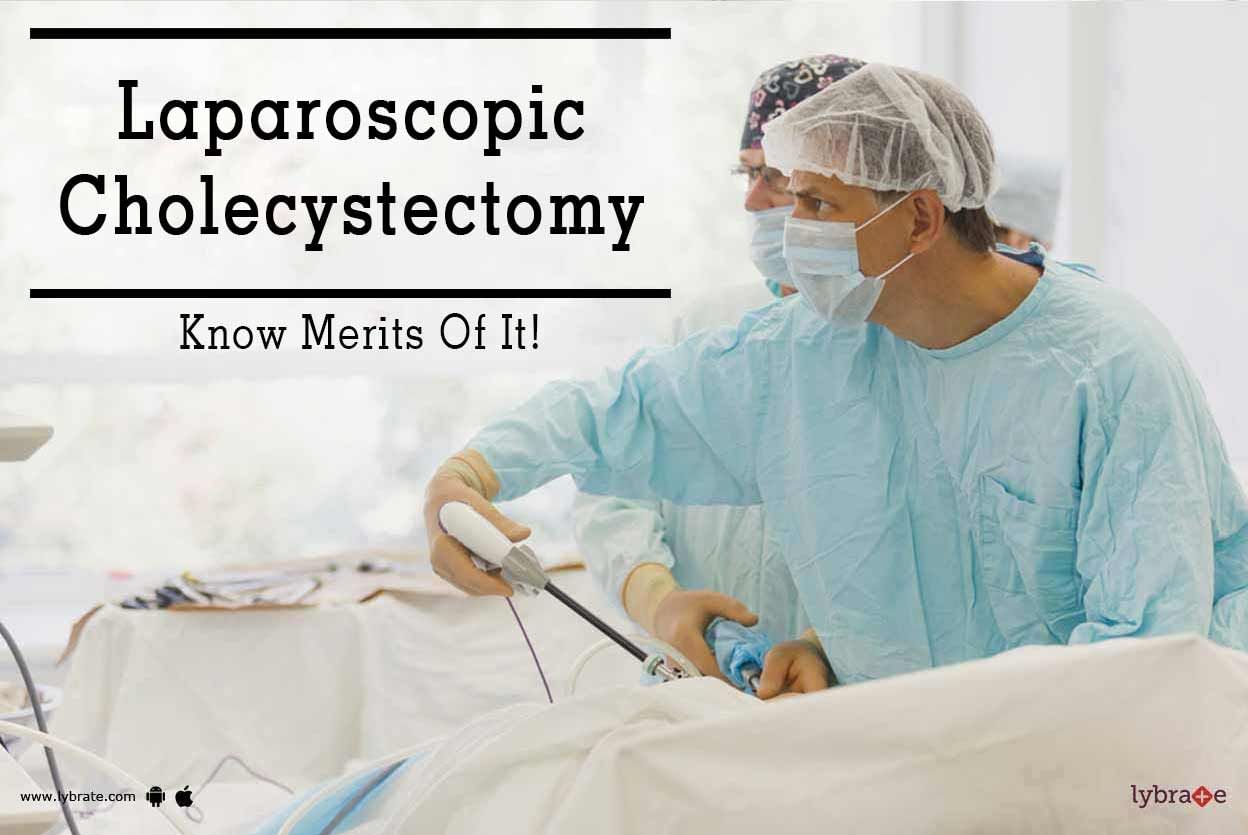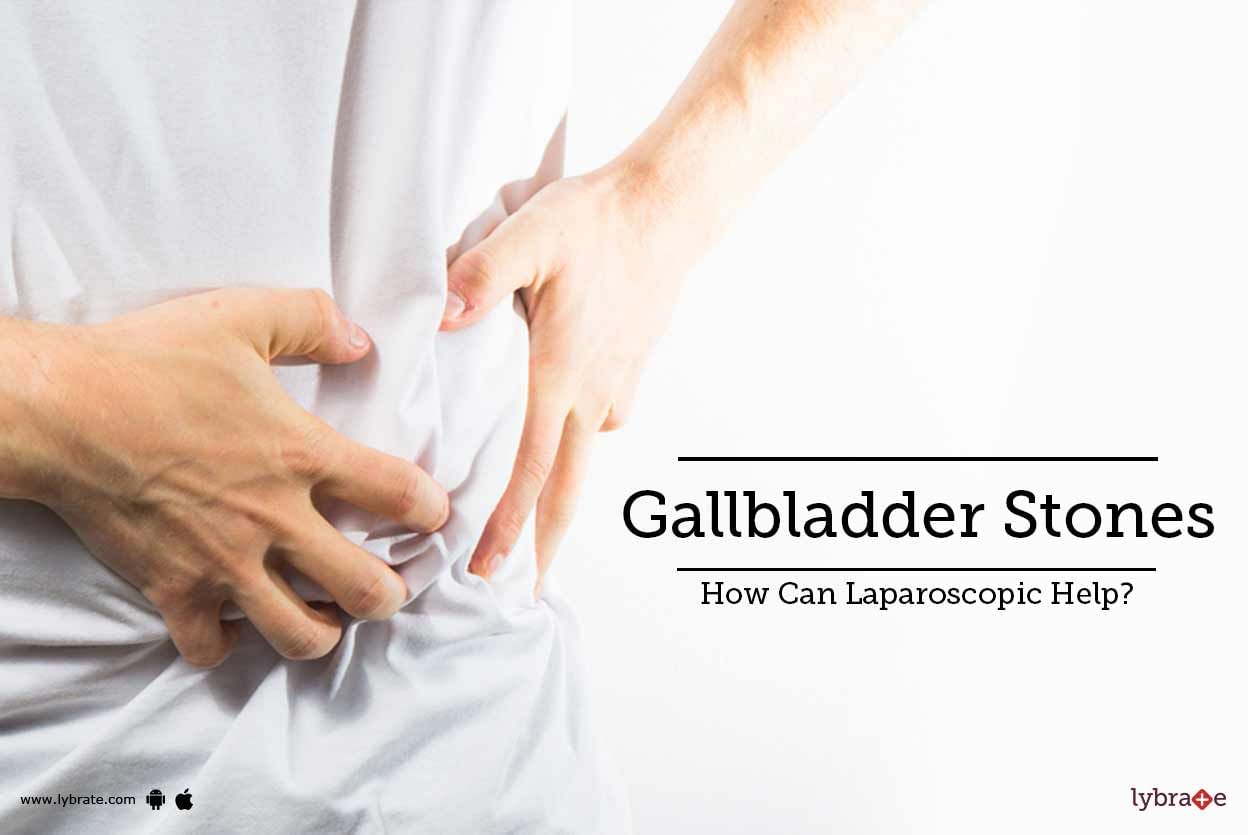Get the App
For Doctors
Login/Sign-up
About
Health Feed
Find Doctors
Health Packages
AllQ&AsTipsQuizzes
Laparoscopic Cholecystectomy Health Feed
Health Query
Share
Bookmark
Report
Dear Lybrate user!
ki67 marker of metastasis is 0 percent means very low chance to spread further.
Here "no need complete cystectomy at this moment. But, patient must be under regular monitoring.
According to nobel prize winning article regarding cancers: cancer cells can multiply under rich co2 and glucose.
We can reduce multiplication by filling more oxygen into our cells by doing exercises and by minimizing glucose content in the cells.
Thank you.
ki67 marker of metastasis is 0 percent means very low chance to spread further.
Here "no need complete cystectomy at this moment. But, patient must be under regular monitoring.
According to nobel prize winning article regarding cancers: cancer cells can multiply under rich co2 and glucose.
We can reduce multiplication by filling more oxygen into our cells by doing exercises and by minimizing glucose content in the cells.
Thank you.
9 people found this helpful
Health Query
Share
Bookmark
Report
Surgical Gastroenterologist•Ahmedabad
Asked for male, 28 years old from Bathinda
Share
Bookmark
Report
Usually it may not be a major issue.
Take homoeopathic medicine
staphysagria 30.
See if it relieve the pain.
Take homoeopathic medicine
staphysagria 30.
See if it relieve the pain.
2 people found this helpful
Last Updated: 5 years ago• Featured Tip
Share
Bookmark
Report
Gallbladder removal, termed as cholecystectomy, is regarded as one of the most commonly opted surgical procedures. Laparoscopic surgery for cholecystectomy is the process of removing the gallbladder with laparoscopic techniques. It is a minimally invasive surgery where the surgical procedures are performed with the assistance of different minute instruments and a video camera.
Advantages of Laparoscopic surgery for cholecystectomy
The most commendable reason why people favour laparo...more
Advantages of Laparoscopic surgery for cholecystectomy
The most commendable reason why people favour laparo...more
Last Updated: 5 years ago• Featured Tip
Share
Bookmark
Report
Surgery using a laparoscope is the most common way to remove the gallbladder. A laparoscope is a thin, lighted tube that lets the doctor see inside our belly. It is a minimally invasive surgery in which small incisions and specialized tools are used to remove a diseased or infected gallbladder.
The gall bladder is a small organ that sits right under the liver and is credited with bile storage, which can help the body in breaking down various kinds of fats that enter it. So, what all do ...more
The gall bladder is a small organ that sits right under the liver and is credited with bile storage, which can help the body in breaking down various kinds of fats that enter it. So, what all do ...more
Last Updated: 6 years ago• Featured Tip
Share
Bookmark
Report
What is Laparoscopic Gallbladder Removal Surgery (Laparoscopic Cholecystectomy)?
Gallbladder removal is one of the most commonly performed surgical procedures. Gallbladder removal surgery is usually performed with minimally invasive techniques and the medical name for this procedure is Laparoscopic Cholecystectomy or Laparoscopic Gallbladder Removal.
The gallbladder is a pear-shaped organ that rests beneath the right side of the liver. Its main purpose is to collect and concent...more
Gallbladder removal is one of the most commonly performed surgical procedures. Gallbladder removal surgery is usually performed with minimally invasive techniques and the medical name for this procedure is Laparoscopic Cholecystectomy or Laparoscopic Gallbladder Removal.
The gallbladder is a pear-shaped organ that rests beneath the right side of the liver. Its main purpose is to collect and concent...more
Last Updated: 6 years ago• Featured Tip
Share
Bookmark
Report
These Gallstones don t cause any problems in most cases. But prompt treatment is required if stones block ducts and cause infections and inflammation in the pancreas. This may lead to the removal of the gallbladder through a surgery, known as cholecystectomy, which further includes techniques such as laparoscopic (keyhole) cholecystectomy or open surgery.
Although it is a less vital organ, the body can cope up even after removal.
Procedure of surgery:
The surgery invol...more
Although it is a less vital organ, the body can cope up even after removal.
Procedure of surgery:
The surgery invol...more
Last Updated: 6 years ago• Featured Tip
Share
Bookmark
Report
What is gallstone surgery?
It is surgical removal of the gallstone from the gallbladder. It is also known as cholelithotomy.
What are the Statistics of the surgery?
Approximately 90% of patients who seek treatment undergo surgery to remove the stones and the gallbladder.
What is the role of gallstone surgery?
Gallstones which are asymptomatic generally don t need surgical removal. Treatment depends on the size and location of the gallstones. Surgery to remove t...more
It is surgical removal of the gallstone from the gallbladder. It is also known as cholelithotomy.
What are the Statistics of the surgery?
Approximately 90% of patients who seek treatment undergo surgery to remove the stones and the gallbladder.
What is the role of gallstone surgery?
Gallstones which are asymptomatic generally don t need surgical removal. Treatment depends on the size and location of the gallstones. Surgery to remove t...more
Last Updated: 6 years ago• Featured Tip
Share
Bookmark
Report
Gallbladder removal, termed as cholecystectomy, is regarded as one of the most commonly opted surgical procedures. Laparoscopic surgery for cholecystectomy is the process of removing the gallbladder with laparoscopic techniques. It is a minimally invasive surgery where the surgical procedures are performed with the assistance of different minute instruments and a video camera.
Advantages of Laparoscopic surgery for cholecystectomy
The most commendable reason why people favour laparo...more
Advantages of Laparoscopic surgery for cholecystectomy
The most commendable reason why people favour laparo...more
Last Updated: 6 years ago• Featured Tip
Share
Bookmark
Report
The gallbladder is responsible for storing and releasing bile. This bile aids in digestion by breaking down fat cells. If the gallbladder does not function optimally, small crystals begin to develop within the gallbladder. These are known as gallstones and can range from being the size of a salt crystal to a golf ball. Gallstones can be extremely painful and do not go away on their own. Since the body can function without a gallbladder, a surgeon may advise removing this organ to treat gallstone...more
Book appointment with top doctors for Laparoscopic Cholecystectomy treatment
View fees, clinic timings and reviews
Ask a free question
Get FREE multiple opinions from Doctors
posted anonymously




